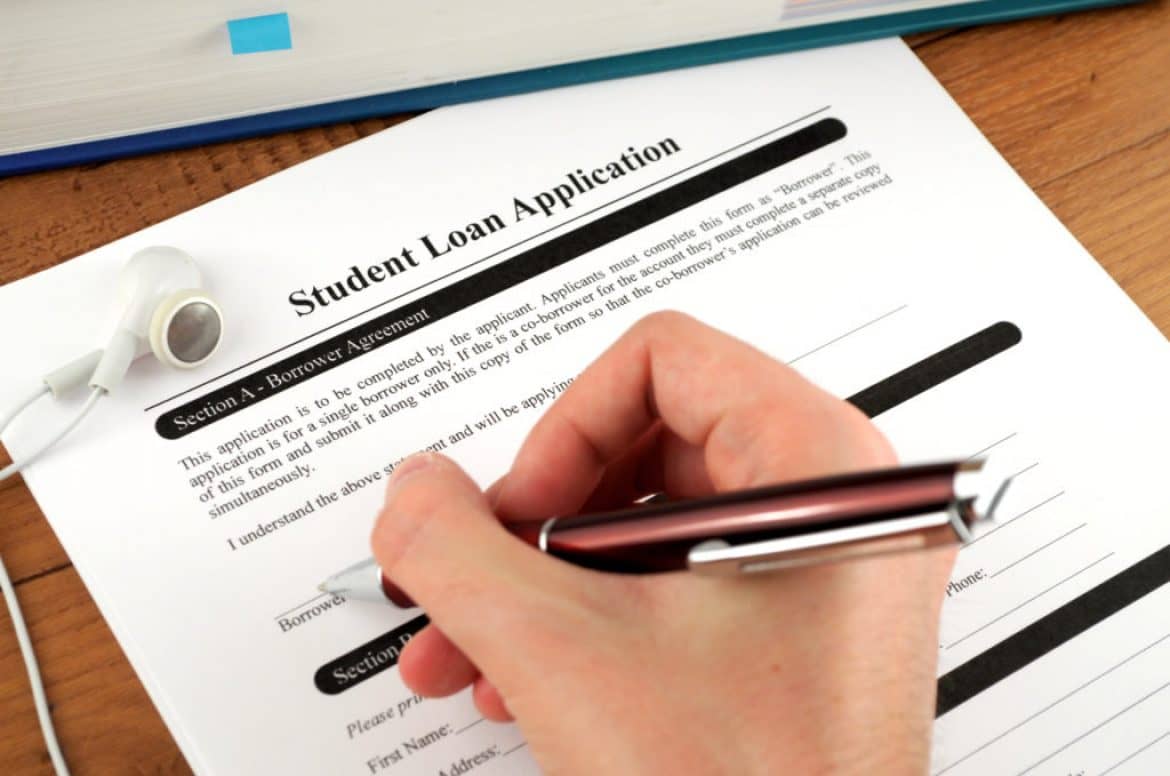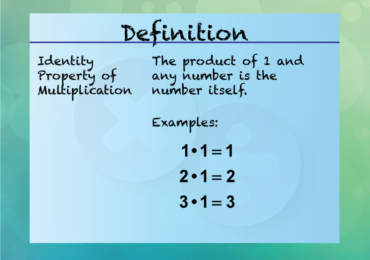Each year, it’s believed that college tuition gets more and more expensive. Adding to the burden are the living costs that students also need to take care of. For families of college-goers who don’t have many means to come up with the money, footing the bill is yet another hindrance they need to face.
Thankfully, there are student loans you can avail of if you’re really determined to get and finish a college education. But just like other major financial undertakings during adulthood, you need to carefully weigh your options and find out how student loans can help you achieve your educational goal. Additionally, there are certain aspects you need to know and consider first regarding this type of loan.

Key Ideas To Note About Student Loans
Taking a student loan can be what you need to get yourself to college. You can focus more on your studies knowing that you don’t have to think of your bills and rent due in the coming days or weeks. You don’t need to deprive yourself of a promising future and career just because you’re unable to afford your tuition at the moment.
Whether it’s your first time or not to apply for a student loan, here are some helpful insights you need to know and could help you get a better understanding of the subject:
1. You Can Choose To Refinance Your Loan
In case you don’t know it yet, there’s an option to apply or get student loans refinance from lenders. Refinancing is a way for students to reduce the interest rate they need to pay for their student loans. What happens is the lender will pay off your existing student debts, which basically turns it into a whole new loan under new terms and payment arrangements.
At most, refinancing your student loan (private or federal) could present you with a lower monthly payment or a lower interest rate. In some cases, you can have both. It’s like starting on a clean slate with your loans but with better or more favorable terms. It’ll be easier for you or your parents to pay back the loan sooner with a lower interest rate.
Also, there’s the possibility of a lower monthly payment which should be a good thing if you’re struggling most of the time to make both ends meet.
2. Federal Or Government Loan Offerings Are Available
Before you start looking into private student loans offered by private lenders, you might want to consider applying for a federal loan first. Federal loans are borrowed from the government and are available at lower interest rates, depending on the type of loan you’re applying for. Interest rates may also be affected by other factors such as if you’re a graduate or undergraduate student and if you’re a parent borrowing the money on behalf of your student child.

Federal loans come in two types: subsidized and unsubsidized. Subsidized loans are for students with financial needs. Interest rates in this loan type don’t build up while you’re studying. This type of federal student loan is only available for undergraduates and their financial needs would greatly determine how much they can get.
On the other hand, an unsubsidized loan is available to both graduate and undergraduate students. There won’t be any help or support regarding the loan’s interest, but you’ll be provided with options to pay. You can choose to pay for the interest while you’re studying, or you can let it accumulate and eventually get added to the loan principal. Unlike the subsidized loan, you don’t need to establish financial need when applying for an unsubsidized federal student loan.
3. Borrowers Can Turn To Private Lenders Too
Aside from federal or government student loans, you can also consider applying for private loans from different lenders. In a nutshell, you’ll be submitting applications to private lenders and they’ll decide on the amount to offer you. The amount of the loan and the interest rate would be based on your creditworthiness, which means you need to establish that you can pay for the loan.
Your credit score will be primarily used to help the lender decide on such factors. Suppose your credit history or standing won’t be sufficient; you may be required to have a co-signer to guarantee the loan.
4. Borrow Only What You Need
Sometimes it can be tempting to get a loan amount that’s higher than what you need. If you can, try your best only to borrow what you really need so it’s easier to commit to your monthly dues. Ideally, the payment should be at around 10% of your monthly income (after tax, that is.)
Keep in mind that you still need to pay for other necessities such as transportation, room and board, food, and other personal expenses. Even if you’re working, you need to ensure your salary won’t go entirely to your loan’s repayment.
5. All Loans Will Be Processed And Repaid Through The Financial Aid Office
Whether you’ve taken out a federal or private student loan, everything will be processed through the financial aid office after agreeing to the loan. This means you’ll be signing a master promissory note to the school, and all repayments will be coursed through them.
You’ll be given a student account that keeps track of your loan including interest rates, repayment arrangements, and other necessary details. If there’s any leftover money, your account will be refunded and you can use the remaining amount for other expenses.
6. Student Loans Can Only Be Used For Education-Related Expenses
When applying for a student loan, it’s important to note that the money shall only be used for expenses related to your studies. Spending it for vacations or entertainment is said to be highly irresponsible. So, you’re only expected to use the loaned money for college-related fees like off-campus housing, personal supplies, groceries, or transportation. It’s also applicable if you’ll be going overseas to study.
Conclusion
Student loans can come in handy when you’re struggling to fund your education. Just make sure you know what you’re applying for and which type of financing would best suit your needs and capacity to pay. The federal or government student loan comes in two types: the subsidized and unsubsidized loans. Private lenders are also available.
Refinancing your student loan is an option if you want to get more favorable terms on your debt. Lastly, keep in mind that student loans may only be used for education-related expenses. Hence, it’s best to determine how much you need so you’ll know how much to borrow.








